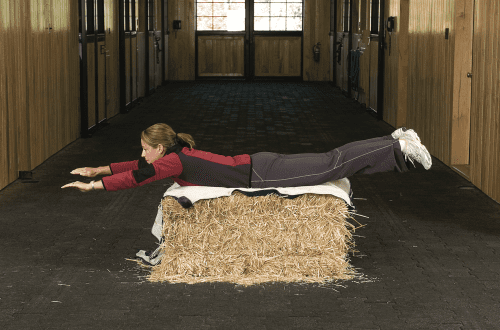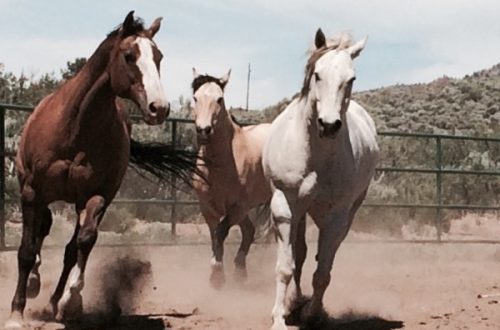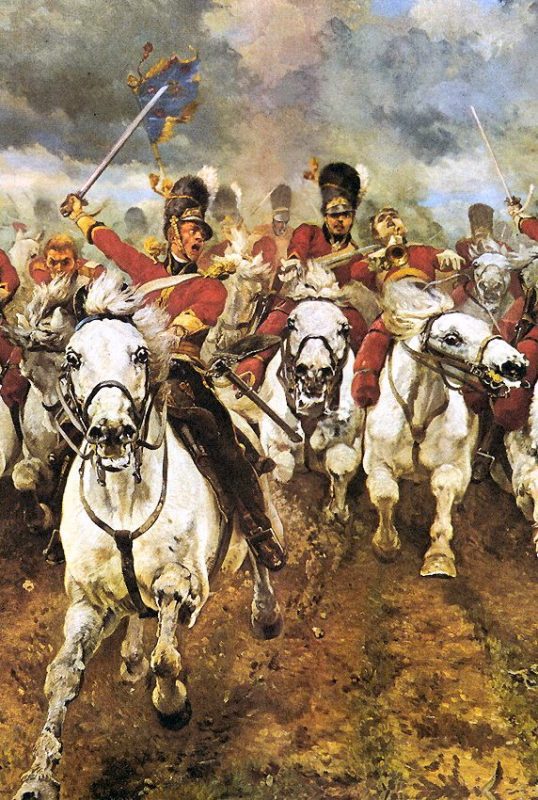
The horses fought too
The cavalry army throughout its long history has been an integral part of military operations and has played a decisive role in battles. It was thanks to the horses that the battles had high mobility and maneuverability, the blows were powerful and swift, and the attacks were parried with particular ease.
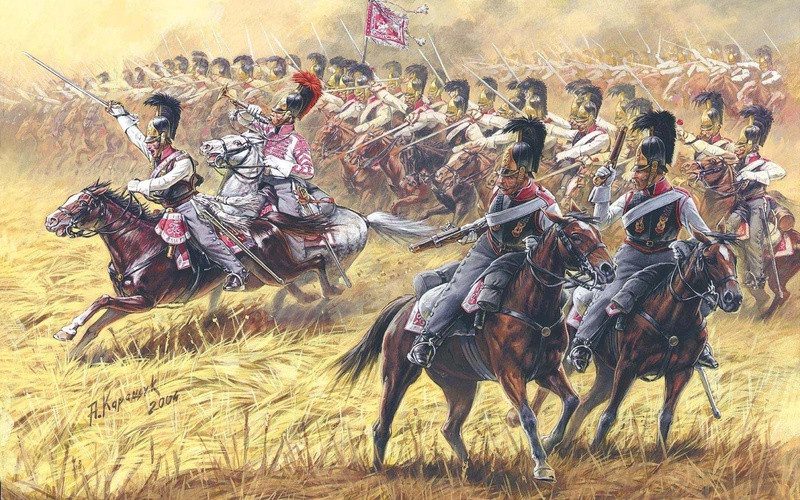
Russian cuirassiers (heavy cavalry)
Thanks to everyone, the war, because today we rejoice at the blue sky above our heads, and the horses can only worry about a delicious lunch. However, the cavalry army did not go down in history. And you can even get into it!
Every Saturday in the warm season on the Cathedral Square you can see the main military show “The solemn divorce of foot and horse guards of the Kremlin”. Clear, well-balanced movements, perfect synchronism, a steel psyche. Horses from the cavalry and ear will not lead to a deafening shot. Magic? No. Everything is extremely simple – the right preparation.
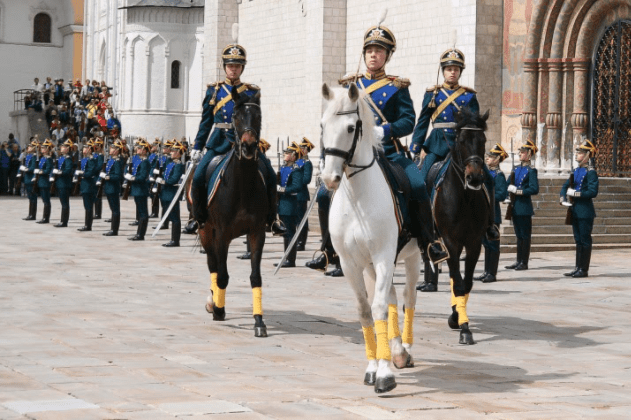
Divorce of the horse guard in the Kremlin. Photo: M. Serkova
Throughout history, the choice of horses has always been treated with special trepidation. For example, in Russia since the 18th century, the cavalry was divided into 3 categories:
- light – guard and intelligence service;
- linear – the middle link, which could perform various types of actions;
- heavy – closed attacks.
For each category, horses were selected according to their own criteria. If for cuirassiers (heavy cavalry) required larger, bony, hardy and unpretentious horses, then for the Cossacks, hussars or lancers (light cavalry) frisky, not very high (150-160 cm at the withers), flexible, maneuverable and intelligent horses were selected.
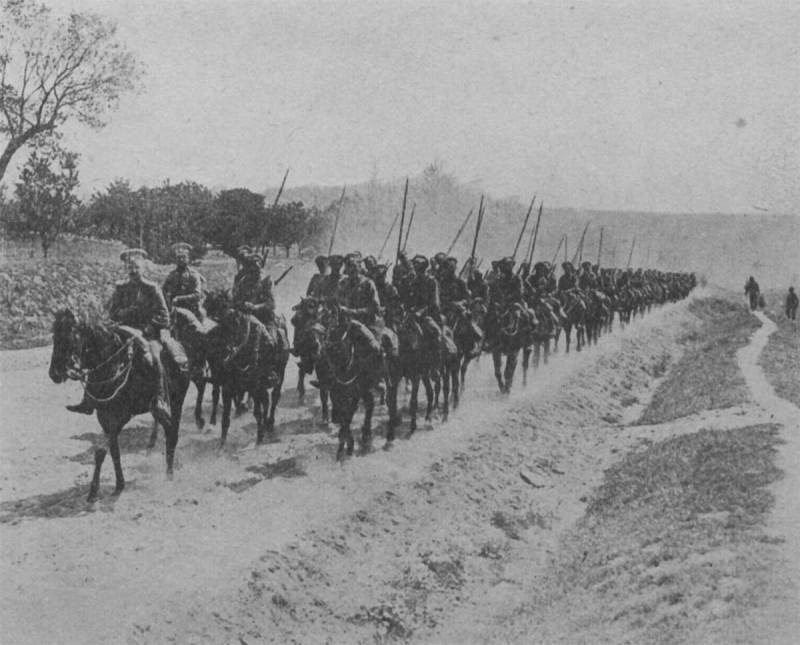
Russian light cavalry
In modern realities, we can only see cavalry at various parades and ceremonies, but this does not mean that the requirements for selection into a cavalry regiment have become softer. For the Kremlin cavalry, horses are selected from 2 to 6 years old, and before the horse joins the ranks of the Presidential cavalry, at least 3 years of hard training will pass. During this period, they work with the horse both in the arena familiar to us, and in open areas and events to strengthen the psyche.
Trainings are built on the basis of the basic discipline – dressage, as well as horse riding. The first one achieves the ideal «well-trainedness», concentration and subtle contact between the cavalryman and the horse.
One of the most difficult elements for which cavalry horses are trained is the Mill. The pairs are arranged like the blades of a mill, and on command they begin to move along the axis. Although this is only a demonstration, it is “Mill” shows all the filigree accuracy of the work that was done both on the part of the cavalryman and on the part of the horse.
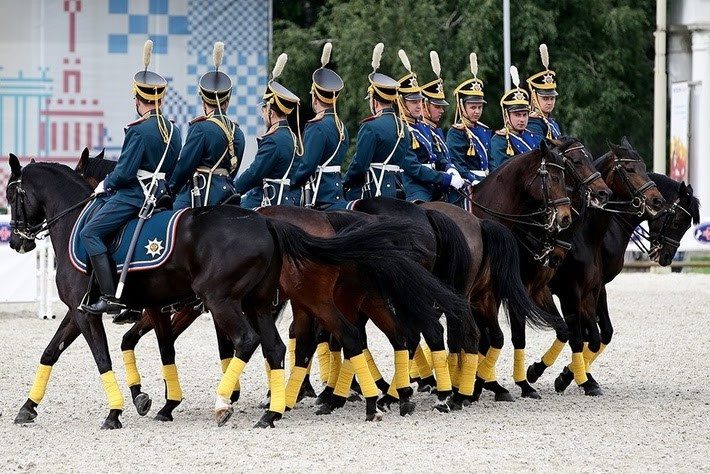
Element “Mill” performed by the Kremlin Cavalry Regiment
Essential Cavalry Skill – jigitovka. A real cavalryman must be able to use a military weapon called a checkered sword, and the horse must help him. In training, cavalrymen learn to chop with a saber at full gallop. Cutting the vine is considered the pinnacle of skill – the cut stem should have an ideal angle of 45 degrees, and the cut branch should be stuck with the stem exactly into the sand.
Why is jigging so important for a cavalryman? In war, the skill of performing elements can save a life. For example, when a rider gets on a horse, he studies the picture of the battle, sees what is happening and where. If he lies on the saddle, he imitates death or injury (the element is called «Cossack vis»). It is at this point that true trust occurs between rider and horse. – In order for a cavalryman to successfully cope with a trick, a horse without means of control must move forward without slowing down or speeding up.
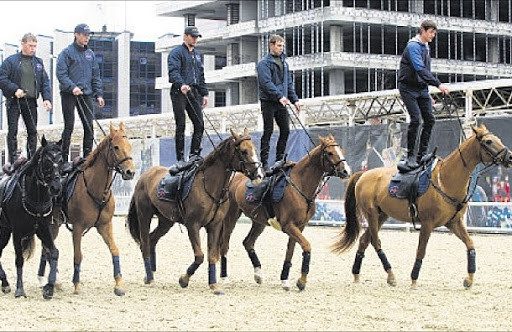
Kremlin Riding School
Cavalry horses have serious loads, which means they must eat well in order to replenish their strength.
The Kremlin horses are fed 8-9 times a day, based on oats, hay and carrots. For special gourmets, muesli and sweet candied fruits are served. There are 5 types of horses to choose from. «business lunch». And it’s not a joke. For the entire cavalry, 5 diets have been developed – they differ in the amount and type of food. Whoever works the most, eats the most.
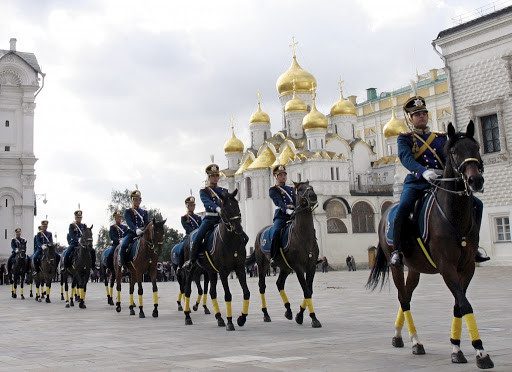
The Presidential Regiment on Cathedral Square in the Kremlin
Of course, modern cavalry is very different from the cavalry of the Great Patriotic War. Horses of our time live in complete comfort under a roof over their heads, with a varied menu and entertaining training. The people and horses that fell on the battlefields will forever remain in our memory. And we will do everything to ensure that this does not happen again!
We heartily congratulate you on the Great Victory Day, the brightest holiday for all of us!



